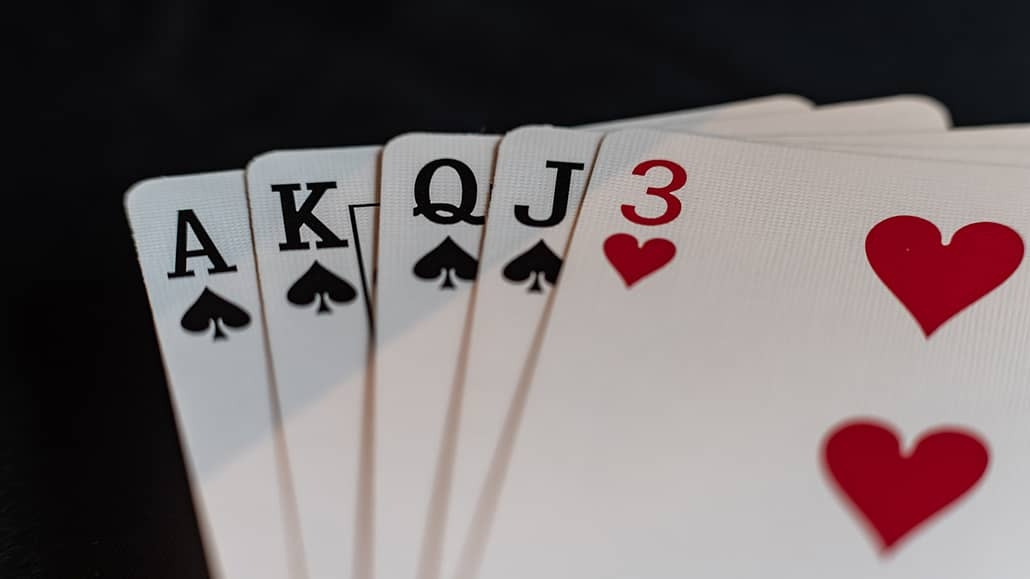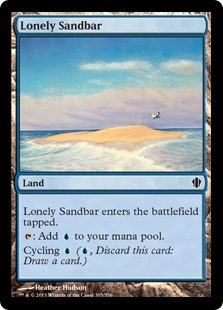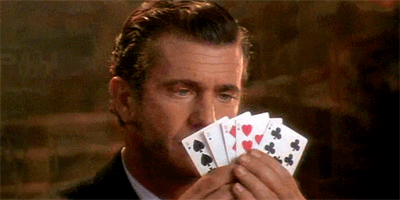Single Draw Poker Rules
Draw Poker is fashioned after a casino style draw poker game - with a twist, you get to check out your best bet before you draw - try various hold combinations to find your best hand. Speaking of 'advantage you', how about knowing your odds during the course of a Texas Hold'em game. This kind of poker is based on a traditional system including hierarchy of hands, but it can also have its own peculiar rules and conventions. For those who want to establish the rules for a stud poker game and play a few hands, here are some of the most common tips on how to play stud poker. See the poker rules page for an introduction to these, and the poker betting and poker hand ranking pages for further details. Five Card Draw Poker This basic game, with no restrictions on the cards needed to open or win, is sometimes known as California Draw or Guts, though Guts is also the name of another poker-like game. 2-7 Triple Draw. This exciting form of poker has all players dealt their own individual 5-card hand (which no other players will be able to see in any capacity – i.e. There will be no face-up or exposed cards). In this low ball form of poker, players have not one, but three draw attempts to try and make the best “low” hand.
OBJECTIVE OF DRAW POKER: Form the best hand and win the pot at the final showdown.
NUMBER OF PLAYERS: 2-6 players
NUMBER OF CARDS: 52-card deck
RANK OF CARDS: A, K, Q, J, 10, 9, 8, 7, 6, 5, 4, 3, 2

TYPE OF GAME: Casino
What Is 2-7 Single Draw Poker Rules
AUDIENCE: Adult
INTRODUCTION TO DRAW POKER
Draw Poker or Five Card Draw is one of the simplest and oldest forms of poker. It was the best-known form of poker until Texas Hold’Em was popularized. Examine the poker hand rankings and basic poker rules for an introduction to poker, the following rules assume a certain level of familiarity with poker. There is a lot of opportunity to bluff in this variation of poker, so, it is often played for high stakes.

THE ANTE & THE DEAL
Prior to the deal, each player pays the ante to the pot. Typically, the ante is equal to the minimum bet.
After, begin the deal by shuffling the cards and cutting the deck. The dealer passes each player one card, face-down, at a time until each player has a hand of 5 cards. Players examine their hand and a round of betting begins.
FIRST BETTING ROUND
Starting with the player to the dealer’s left, after everyone has looked at their cards betting begins. If everyone checks (or passes) in the first round, all hands are thrown in, and the cards are dealt by the new dealer (the player o the left of the first dealer). The pot stays and players place a new ante.
The first round of betting is limited to 4 raises in fixed and spread limit games.
THE DRAW
If after the first round of betting there are more than 1 active player, players can improve the cards in hand by discarding some and drawing replacements. Starting with the first active player to the left of the dealer, players announce the amount they are discarding and place the cards face down. The dealer passes them an equal amount of cards in return.
Players can discard 0-3 cards. Discarding 0 cards is called standing pat, since your hand remains the same.

In games with 6 players, the deck can become exhausted during this phase. The dealer shuffles the discards, cuts them, and creates a new deck.
SECOND BETTING ROUND
After each player had a chance to draw the second round of betting commences. It begins with the player who started the first round of betting. Bets can be between the minimum and maximum limits, and the limits are typically doubled in this round.
2-7 Single Draw Poker Rules

SHOWDOWN
After the second round of betting, if the pot has not be won already, active players reveal their hands starting with the last person who bet and moving clockwise. The player with the best hand wins the pot.
REFERENCES:
https://en.wikipedia.org/wiki/Five-card_draw
https://www.pagat.com/poker/variants/5draw.html
Cash games, also referred to as ring games, are poker games played without a predetermined buy-in, although there's usually a minimum buy-in amount required. Buy-ins are calculated in real amounts, meaning players can only purchase chips proportionally to the money available on their balance.
This is different from tournament play, where chips are not convertible for real amounts, as tournament players will usually receive a determined amount of chips, regardless of the buy-in.
Players can join and leave a cash game as they please. If a player loses their chips, they don't have to leave the table and they can simply add more chips to the table, if they have enough money to do so.
Cash game table limits do not increase. If a player wants to change the stakes they're playing at, they must leave the table and find one with more suitable limits. Again, this is different from tournament games, where blinds and antes are raised at every level of play.
When you leave a cash game table, any chips you had are automatically credited to your account, but you cannot partially cash out your chips.

- Deposit and Withdrawal
- Events
- Live Events
- Live Registrations
- Play Money and Social Games
- Poker
- Tournaments
- Responsible Gaming
- Special Offers
- Bonus
- Promotions
- My Account
- Technical Issues
- My Rewards
- Stores



